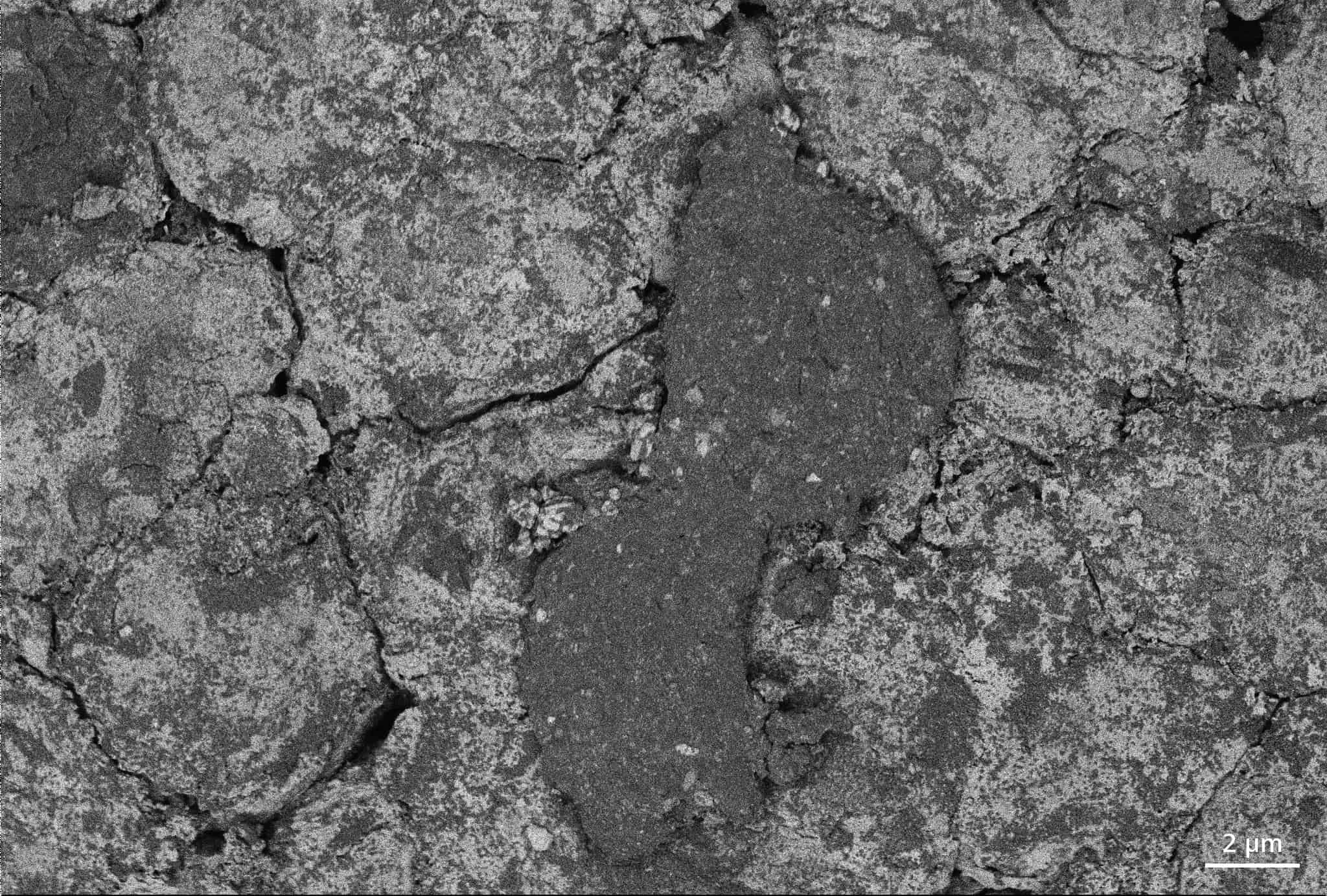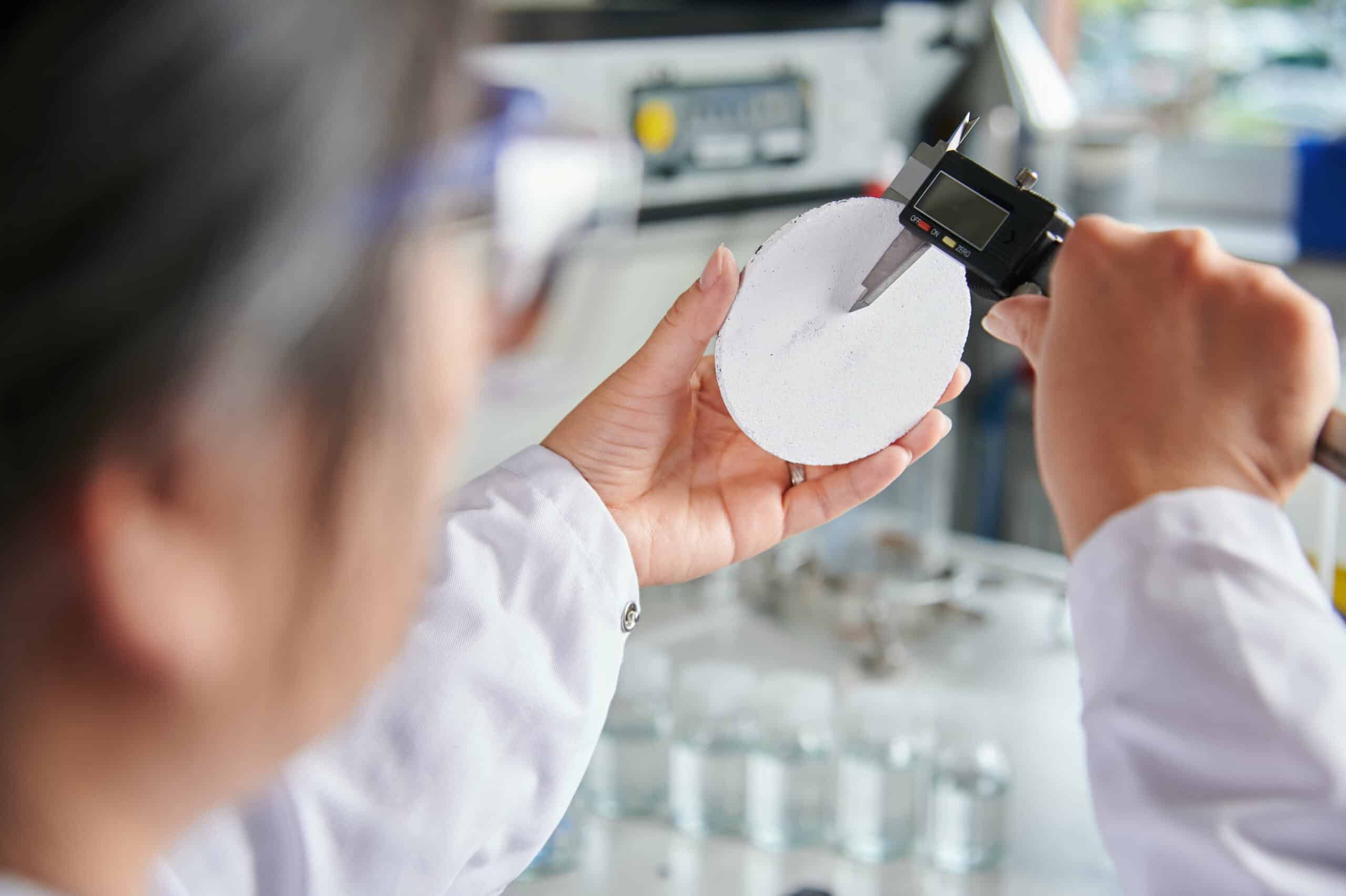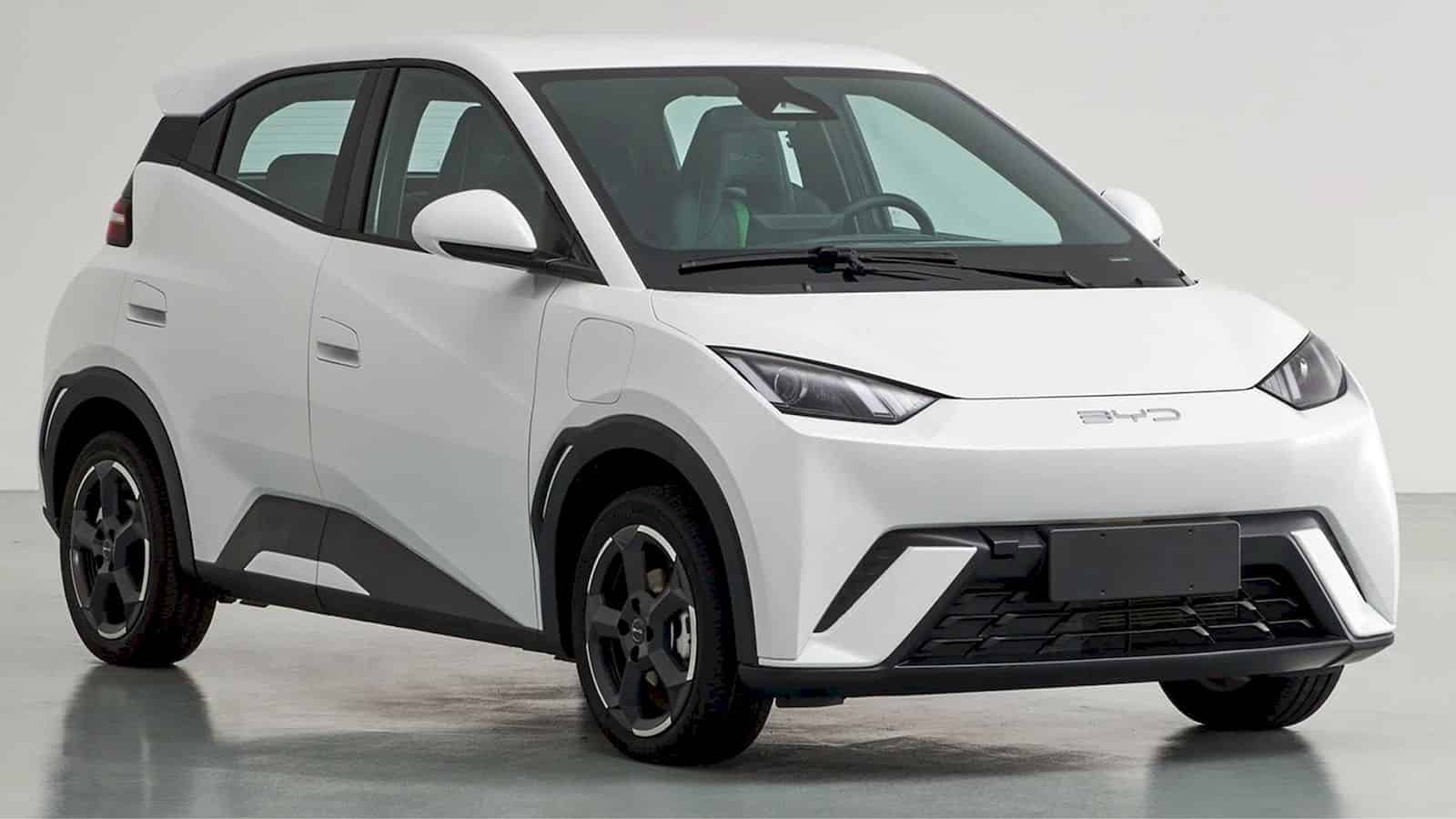
With a target size of €500 million, the ‘EBA Strategic Battery Materials Fund’ builds upon the success of the European Battery Alliance in its mission to create a resilient European battery industry. The fund was launched in January amidst soaring European demand for batteries, exposing significant gaps in the upstream (mining, processing) of the EU’s battery material supply chain. In line with the EU’s Critical Raw Materials Act (CRMA) requirements to decrease the EU’s overreliance on foreign supply, the fund aims to boost domestic capacities for strategic battery materials such as lithium, nickel, cobalt, manganese, and graphite.
Why this is important:
This article sheds light on the significant strides being made in Europe’s battery industry, particularly in addressing critical gaps in the supply chain for strategic battery materials. By launching the ‘EBA Strategic Battery Materials Fund’ and aligning with the EU’s Critical Raw Materials Act, stakeholders aim to bolster domestic capacities for key battery materials, ensuring a resilient and sustainable battery industry in Europe.
EIT InnoEnergy, the European innovation engine in sustainable energy, and Demeter Investment Managers launched the new fund. According to Diego Pavia, CEO of EIT InnoEnergy, Europe must intensify its domestic battery raw materials production efforts to secure a thriving and resilient European battery industry. “While it’s encouraging to see a growing list of ambitious initiatives and financial stimuli from public and private players, their focus is typically on mature projects. Yet, these initiatives need a deal flow of de-risked projects. Therefore, we also need a focus on early-stage upstream projects committed to a sustainable, traceable, and transparent battery materials supply chain – and that’s exactly what the EBA Materials Fund will deliver.”
European Battery Alliance
The EBA Strategic Battery Materials Fund is built upon the European Battery Alliance (EBA), representing over 750 organizations calling for an upgrade to Europe’s battery chain ambitions. “Moreover, it has the plan to deliver on them,” says Thore Sekkenes, EBA250 Program Director at EIT InnoEnergy. “Despite our achievements since our start in 2017, gaps remain for fully deploying a resilient end-to-end battery industry. Addressing these will further support the EU’s decarbonization and provide even more opportunities within the industry.” The supply chain disruptions experienced during the COVID-19 pandemic and the war in Ukraine have made the need for resilient industrial value chains for the EU’s economic growth, decarbonization, and strategic autonomy ever more pressing, Sekkenes says.
The European battery market is booming. The double-digit electric driving growth rate indicates the entire EU battery value chain. It can be attributed to the role of the European Battery Alliance. Launched in 2017 under the auspices of European Commission Vice President Maroš Šefčovič and driven by EIT InnoEnergy, the EBA’s mission is to create a competitive and sustainable battery cell manufacturing value chain in Europe.
This is an article from our magazine IO Next: Energy Storage. In the puzzle of our new energy system, balancing supply and demand for energy is the greatest challenge. And that’s why we dedicate this magazine to that crucial puzzle piece.

180 projects
More than 180 industrial battery projects are being developed in the EU, with 47 in the battery cells segment. Sekkenes: “Thanks in large part to the EBA’s work, the EU is set to meet 69 and 89 percent of its increasing demand for batteries by 2025 and 2030, respectively, and will be capable of producing up to 11 million cars per year.”
Sekkenes says the EBA has established itself as the model of industrial strategy in Europe, being replicated in other countries and sectors. “The work has also driven a mindset change in Europe and fostered further public-private collaboration.”
Bridging the gaps
As part of its call to raise ambitions for Europe’s battery industry, the EBA250 recommends a set of priority actions to tackle the gaps found in both the upstream and downstream segments of the battery industry and much-needed workforce training. “Mining domestic raw materials, processing and refining, and producing active battery-grade materials remains an issue,” Sekkenes adds. “Just like we need to address the downstream scrap recycling. We can reintroduce high-quality recycled metals back into the EU supply chain.”
He says that implementing EU battery regulation is needed to reach that goal. “The upcoming Battery Passport will set the standard for sustainable, traceable, and circular batteries in Europe, positioning European battery companies competitively. Stringent provisions must be made here, with special attention to the battery footprint. Adopting relevant legislative provisions in the European Commission’s ‘Fit for 55’ package will boost the demand for batteries to continue decarbonizing the transport system and accelerate toward a 100 percent renewable energy system.” This includes measures supporting battery-based light and last-mile mobility, the rollout of charging infrastructure, emissions performance standards for cars and vans, facilitation of system integration, and stationary storage at the grid level and behind the meter.
The workforce gap
On top of the industrial, regulatory, and financial gaps, Sekkenes also points to the growing need for a skilled workforce in all functions and levels. “To meet the needs of the industrial projects already in the pipeline, an estimated 800,000 workers will need to be trained or upskilled by 2025. To bridge this skills gap, we propose earmarking two percent of the European Social Fund budget to finance battery training programs in the next three years.”








